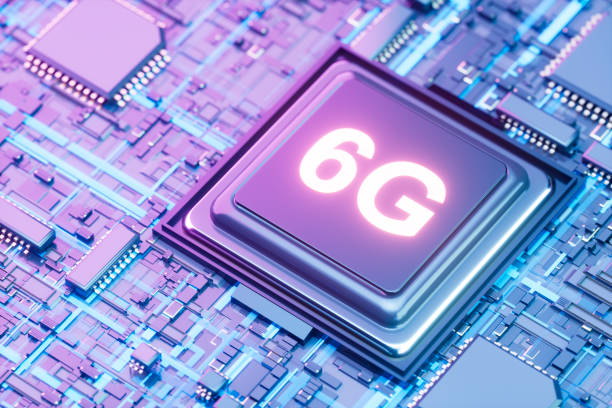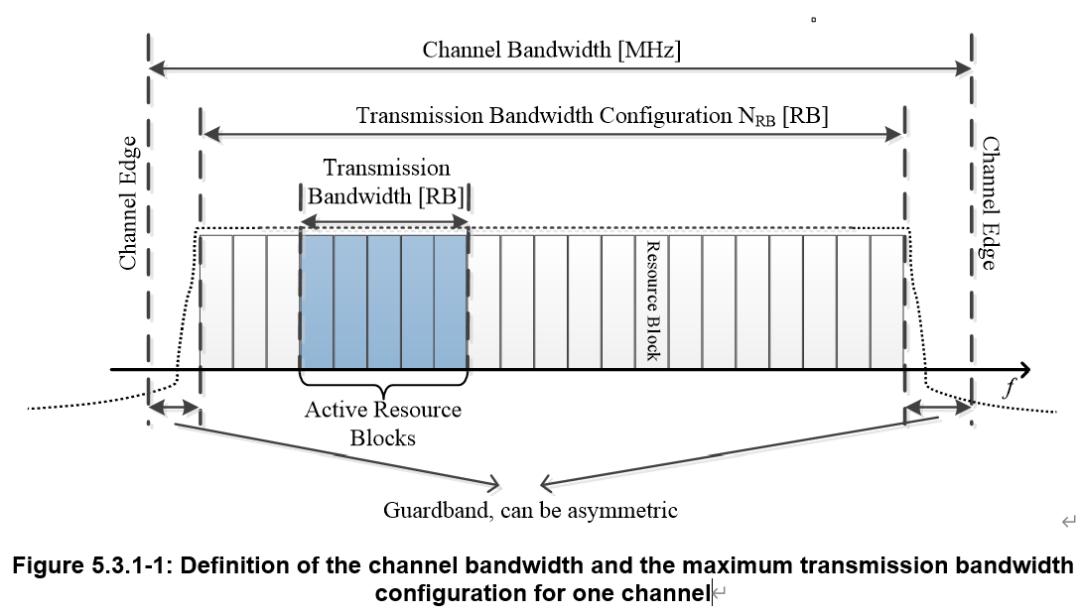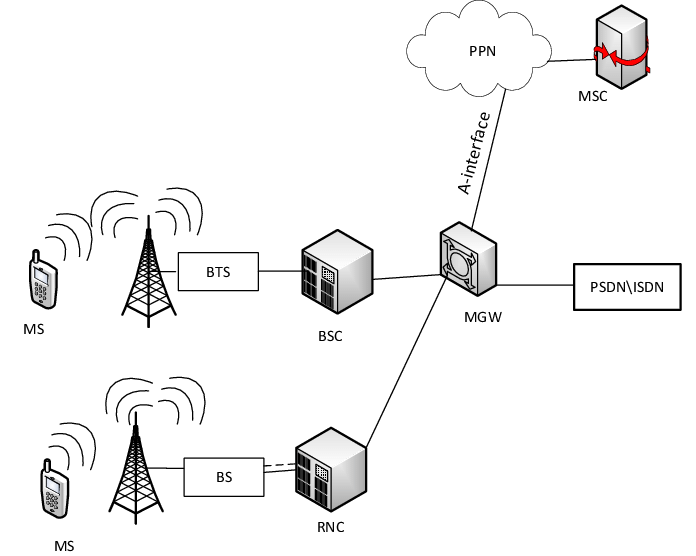Overview
This article analyzes the 6G network vision and the challenges faced by core network architecture, identifies requirements for a 6G-oriented core network, and proposes an information-centric, capability-inclusive core network architecture. The proposed core network integrates connectivity, AI, computing, intelligence, and open capabilities, and can deploy network functions on demand according to scenarios and service requirements to ensure deterministic on-demand service capability. By restructuring four major functional domains, the architecture aims to enable multi-task coordination, flexible user-plane processing logic, autonomous management of ubiquitous network capabilities, and intelligent services.
Background
Massive machine-type communication (mMTC), enhanced mobile broadband (eMBB), and ultra-reliable low-latency communications (uRLLC) are the three main 5G service categories, providing massive connectivity, broadband services, and low-latency services. Next-generation mobile communication (6G) has attracted significant attention from industry and academia. As a complex system, network architecture is the foundation of mobile communication networks, and the system capability and efficiency are closely related to the architecture. The core network functions as the central control and hub: it integrates and mediates the network and is responsible for supporting the evolution and proliferation of 6G applications.
Current State and Challenges
6G research is still in the initial exploration stage. Technical routes have not been finalized, and core metrics and typical application scenarios are not yet uniformly defined. Although technologies and scenarios for 6G remain under active investigation, many countries have already incorporated 6G technologies into national innovation strategies. China, the United States, Japan, South Korea, and Finland, among others, have initiated 6G research programs. On November 3, 2019, China established a national 6G R&D promotion working group and an expert steering committee, marking the official start of China's 6G R&D work.
International standards organizations have also launched 6G network research. The International Telecommunication Union (ITU) is studying convergence standards for fixed, mobile, and satellite services, proposing core network satellite architectures, multi-access convergence technologies, and service continuity mechanisms. These activities indicate that the 6G core network will be a critical component of future networks. In general, 6G core networks will feature multi-access convergence, native intelligence, and user-data-centered operations. Corresponding architectural frameworks, theoretical foundations, and core technologies require further breakthroughs, which constitute the primary bottlenecks and challenges for 6G core networks.
Motivation for a New Core Network Architecture
Given that current centralized core network architectures lack the real-time perception and adaptive capabilities needed for complex and dynamic 6G scenarios, an information-cohesive and capability-inclusive 6G core network architecture is proposed. This architecture emphasizes intelligent and ubiquitous capabilities, enabling the network to perceive scenarios, distribute functions flexibly, and provide deterministic services based on demand. The following sections discuss the functional considerations for such an architecture, focusing on multi-domain restructuring and flexible user-plane processing to achieve autonomous management and intelligent service delivery.
 ALLPCB
ALLPCB








